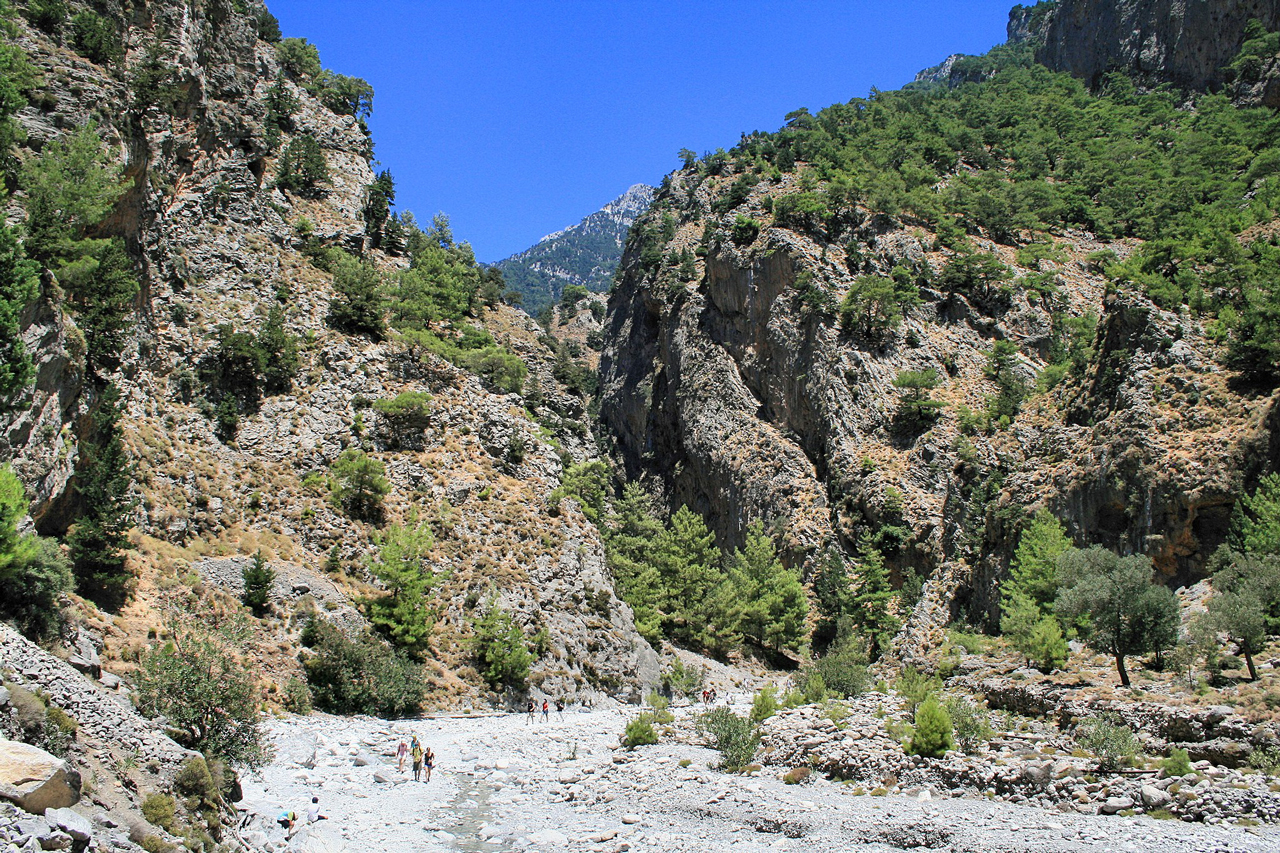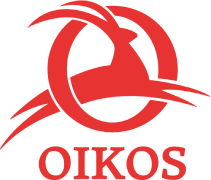MediterRE3
Restoring the resilience of Mediterranean landscapes

Country
Disseminating best practices to reduce wildfire risk in the Mediterranean
The 21st century wildfires will potentially account for an estimated 30% of GHG emissions in the Mediterranean area. One of the main causes of wildfires is inadequate land management leading to accumulation of dry biomass and landscape simplification. The project, funded by EUKI, will promote the reduction of fire-related GHG emissions in three target landscapes in Greece, Montenegro and France. In close collaboration with our partners, we enhance the capacities of decision and policy makers and practitioners on the application of Forest Landscape Restoration (FLR) principles. With one goal: restoring forest landscapes with fire-smart solutions.
WILDFIRES IN THE MEDITERRANEAN: A HUMAN-RELATED DISASTER
Scientists estimate that in the Mediterranean region along the 21st century the total burned area from wildfires is projected to increase by 40-100%. The abandonment of rural areas of Mediterranean countries with a traditional mosaic-like landscape of high environmental and socioeconomic resilience, has led to the homogenization and simplification of the territory. The consequences are accumulation of biomass, poor landscape planning and the consequent fire risk exacerbation.
Throughout the last decades, there has been growing criticism of the ineffectiveness of concentrating resources on fire suppression. Most of the wildfire management public policies and funding in the Mediterranean countries still focus on sophisticated extinguishing equipment, undervaluing the need of major preventive landscape planning and implementation measures. The metaphor of the “firefighting trap” is used by managers to describe a short-sighted cycle of problem-solving: dealing with fires as they arise fails to address the underlying cause, rather than understanding and addressing the factors that cause the problem.
Conversely, evidence on the need to develop integrated strategies including fire prevention actions is reaching widespread consensus among landscape and forest managers. However, there are still significant barriers that prevent the large-scale planning and dissemination of integrated fire prevention plans and measures that allow landscapes to shift from fire-prone to fire-smart ones.
THE SOLUTION: FIRE-SMART LANDSCAPES
The MediterRE3 project promotes a relatively novel approach to manage wildfire hazards: the so-called “fire-smart landscape management”. This integrated approach is primarily based on biomass management and fire spread/fire intensity reduction. By lowering ignition likelihood and fire behaviour potential, forests and the whole landscapes become more resistant to fire spread and more resilient to its occurrence. In the past two decades the development of the principles of Forest Landscape Restoration (FLR) highlighted the benefits of this integrated landscape management approach to promote fire-smart landscapes.
The project delivered guidelines for fire-smart landscape planning in the Mediterranean region and Landscape Action Plans aimed at applying FLR principles in each target landscape: Luberon NRP in France, Prokletije and Komovi NP in Montenegro and Samaria NP/Lefka Ori in Greece. This will increase the capacity to secure adequate long-term support through funding mechanisms addressing land degradation and climate change. Upscaling in the Mediterranean region will be secured by the Medforval network of Mediterranean high value ecological forests.
THE MEDITERRE3 PROJECT ACTIVITIES
EXPECTED OUTCOME
Decision-makers, policymakers and practitioners from public and private entities at local and national level involved in landscape planning and management and fire prevention in Greece, France and Montenegro acquire innovative science-based tools and new capacities to apply and mainstream into policies, regulations and land use plans the principles of Forest Landscape Restoration (FLR) to reduce GHG emissions from wildfires through the integrated fire management of three target landscapes: Prokletije National Park / Komovi Nature Park (Montenegro), Samaria National Park (Greece) and Luberon Regional Natural Park (France).
WORK PACKAGE 1 - Development of Guidelines for fire-smart landscape planning and management based on FLR principles and best practices at a regional level.
Thanks to the work of a Specialist Working Group, including experts from each target landscape and coordinated by the FLR expert Pedro Regato, 3 documents were delivered:
1. “Building fire-smart landscapes in the Mediterranean region: problem analysis and selected best practices”
> an extended and comprehensive document addressing the “Problem” of wildfires in the Mediterranean region, the “Challenge” of reducing the burnt areas and the “Solution”, identified as Integrated fire-smart landscape planning.
> the document focuses on how to transpose the 6 principles of Forest Landscape Restoration (FLR) into Fire-smart landscapes actions (FSL) and includes also selected case studies from the Med region
> Targets forest and landscape pratictioners
2. “Building fire-smart landscapes in the Mediterranean region” – Abdridged version
> The abridged version of the previous document
> Targets forest managers and technical officers of protected areas and landscapes
3. “Building fire-smart landscapes in the Mediterranean region” – Executive summary
> The 10-page summary of the guidelines
> Available in 4 languages (English, French, Montenegrin, Greek)
> Targets policymakers and wider audience
In addition, for each target landscape a baseline assessment focusing on the environmental context, the socio-economic and demographic aspects analysing root causes of wildfires was drafted.
WORK PACKAGE 2 - Development and application of a robust science-based methodology for estimating the reduction in fire-related GHG emissions under future climate change scenarios in fire-smart, mosaic-like resilient landscapes.
The National Observatory of Athens (NOA) delivered a protocol on how to estimate the reduction in fire-related GHG emissions, under future climate change scenarios, in fire-smart and mosaic-like resilient Mediterranean landscapes. This protocol, in English, is specifically addressed to landscape planners and managers and land use practitioners, in order to be of practical use at landscape scale, supporting technical experts in the development and delivery of Landscape Action Plans.
Estimation of the reduced wildfire hazard/GHG emissions fostered by integrated fire-smart landscape management, compared to a business-as-usual management, were calculated under three future climate change scenarios (RCP2.6, RCP4.5 and RCP8.5) up to 2070. State-of-the-art climate models, at a horizontal resolution of 12km developed within the EURO-CORDEX initiative, simulated future climate data that drive fire hazard (FWI) and drought (SPEI) indices. Future “total burnt area”, under different climate scenarios, was eventually translated into fire GHG emissions and numerical correction factors were applied to the future burnt area simulations, under different climate scenarios, to derive the potential reduction in fire GHG emissions for landscapes under fire-smart management.
4 documents were delivered:
> FACTSHEET #1 – Estimating the effectiveness of fire-resilient landscapes in reducing the burnt area by forest fires
> FACTSHEET #2 – Baseline assessment of the target areas
> FACTSHEET #3 – Estimation of the future reduction in Burnt Area & Greenhouse gases emissions due to integrated fire-smart landscape management, compared to business-as-usual land management, under different CC scenarios (+ Annex “Modelling fire-smart landscape management (FSLM) effectiveness in reducing annual Burnt Area)
> PROTOCOL on the estimated reduction in fire-related GHG emissions, under future climate change scenarios in fire-smart and mosaic-like resilient Mediterranean landscapes.
WORK PACKAGE 3 - Development of strategic Action Plans for the fire-smart restoration of target landscapes.
In each target landscape, a Landscape Working Group has been activated with the task of jointly drafting a Landscape Action Plan (LAP), applying locally the general Guidelines produced within the framework of Work Package 1 and the baseline assessments. The LAPs will need to identify the priority actions required in each landscape to reduce the fire risk and potential sources of funding.
The participatory, transparent approach will be paramount to ensure the buy-in needed to ensure the future implementation of the plans and, subsequently, their impact and sustainability.
Although the LAPs will have a landscape focus, they will be framed into the respective national contexts of Greece, France and Montenegro, so as to be relevant to the national policy layers and to clearly contribute to reaching the climate-neutrality targets and the commitments of each country.
The documents will be endorsed by at least 19 institutions in the 3 countries
WORK PACKAGE 4 - Dissemination of the project outputs and deliverables at regional level involving the Medforval network of High Ecological Value (HEV) forest landscapes.
The outputs of the project will be upscaled and disseminated at Regional level through Medforval. Medforval is a network of 18 HEV forest landscapes in 12 Med countries, founded in 2015 and currently coordinated by Istituto Oikos. A 3-day workshop will be organized at the Luberon Nature Park in October with the participation of the Medforval focal points and relevant representatives of the member sites.
THE PROJECT PARTNERS
Parc naturel régional du Luberon (France)
Green Home (Montenegro)
CIHEAM MAICh (Greece)
National Observatory of Athens (Greece)
The project is funded by EUKI.
Il progetto in numeri
180k
potabile in Tanzania
22k+
raccolti a Ibo, Mozambico
52k+
in Mozambico e Myanmar
11k+
di educazione nel mondo
200
di attività economiche
in Tz e Myanmar
1700
in Italia
1700
in Italia
52k+
in Mozambico e Myanmar
1700
in Italia
